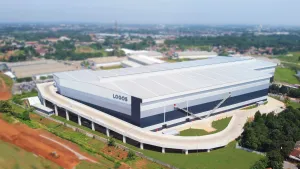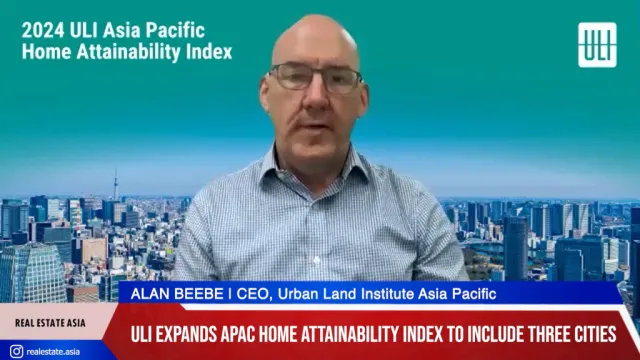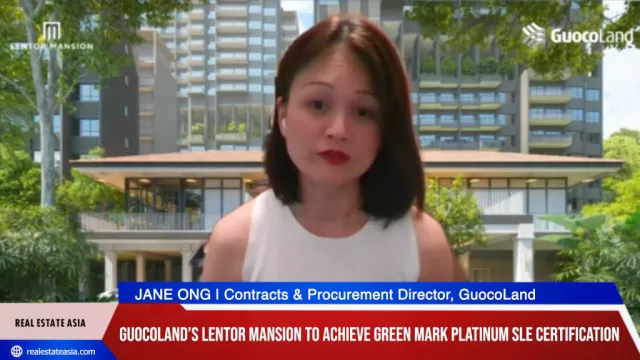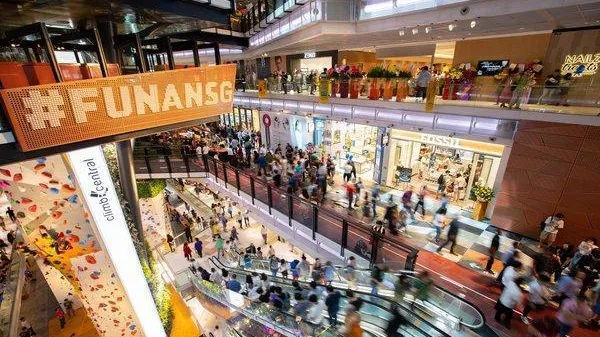
Singapore retail vacancy rates rise for the first time in almost a year
The retail vacancy rate hit 7.6% in Q1.
According to a JLL report, URA’s statistics signalled that retailers and investors continue to err on the side of caution amid macroeconomic headwinds (protracted inflationary pressure, a higher interest rate environment and recessionary threats).
URA’s headline vacancy rates rose while retail property rents and price indices drifted lower in 1Q23.
Here’s more from JLL:
According to URA’s 1Q23 real estate statistics, islandwide retail vacancy rates rose 0.5 percentage point q-o-q to 7.6% in 1Q23 reversing three consecutive quarters of declines. This was largely due to higher vacancy rates in the Central Region, where retail vacancy rates rose 0.7% percentage point q-o-q to 9.4% in 1Q23. Outside Central Region, retail vacancy rates rose a mere 0.1 percentage point q-o-q to 4.1% in 1Q23.
Within the Central Region, vacancy rates in the Orchard area rose the sharpest by 4.1 percentage point q-o-q to 13.9% in 1Q23. Operational sustainability remains an ongoing challenge for certain businesses faced with intense competition from e-commerce and changing consumer preferences which led to retail closures.
Business consolidations in the quarter included the closure of fast fashion label H&M at ION Orchard after ten years at the mall, releasing approximately 20,000 sq ft of retail space spread across two floors. Alice in Wonderland-themed restaurant Wonderland Savour also shuttered its operation in Wisma Atria in 1Q23.
URA’s retail rent index for the Central Region continued to drift lower, extending its fifth consecutive quarter of decline, falling 0.3% q-o-q in 1Q23. However, the pace of decline moderated sharply from the 1.1% q-o-q decline in 4Q22. While structural challenges and macroeconomic headwinds likely led to rent hike resistance that resulted in falling rents in 1Q23, rising foot traffic (from domestic and foreign visitors) and encouraging retail sales (above pre-covid 2019 levels for certain operations), following Singapore’s economic reopening, instilled business confidence which likely cushioned the rental decline in 1Q23.
The URA’s retail property price index for the Central Region also declined for the fifth consecutive quarter, falling 0.9% q-o-q in 1Q23. This was likely driven by falling retail rents in 1Q23 and investor expectations of higher property yields in a rising interest rate and inflationary environment.
Looking ahead, Singapore’s resilient domestic consumer market, the growing number of foreign visitors and the impending return of Chinese tourists are the tailwinds driving the retail market recovery.
Based on the latest data released by the Singapore Tourism Board, in March 2023, China moved up five places to be the fifth largest source market with 60,888 visitors, which was a sharp increase from 35,312 visitors in February 2023.
While Chinese visitor arrivals in March 2023 only contributed about 6% of the total visitor arrivals in the month (China was Singapore’s top tourism source market, contributing about 19% of overall visitor arrivals between 2017 and 2019), and were about 20% of the average level of Chinese visitor arrivals in 2019, they are expected to gain prominence as a source market over the remaining quarters of 2023, considering increasing flight connectivity and capacity following China’s reopening. (The Singapore Tourism Board expects international visitor arrivals of 12 to 14 million in 2023, a sharp increase from 6.3 million arrivals in 2022).
This should continue to attract new-to-market businesses and spur opportunistic expansion. Hence, occupier demand is expected to remain firm and should continue to push overall vacancy rates lower amid limited supply, while driving rent growth of prime floor space in 2023.
Given the favourable supply-demand fundamentals of the retail property market and the scarcity of tradeable assets, coupled with optimism for a recovery in tourism (business and leisure), and resilient domestic consumption, rising rents should underpin prices of prime floor space in quality retail assets, in spite of higher yield expectations in a higher interest rate environment.



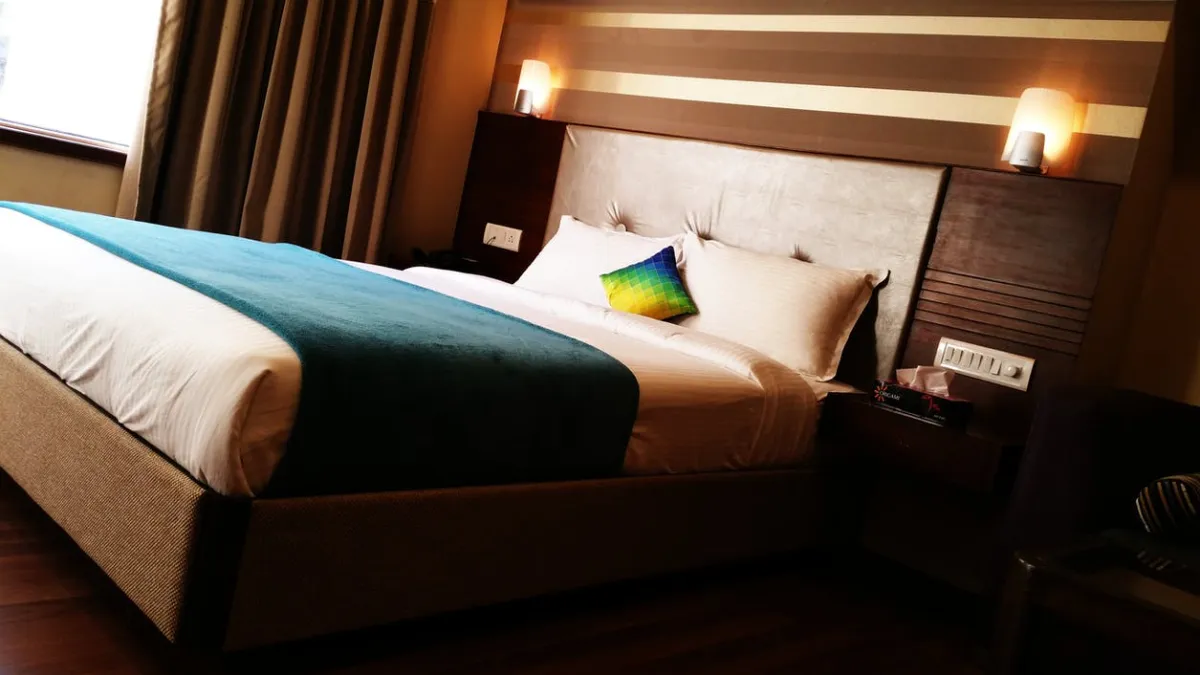
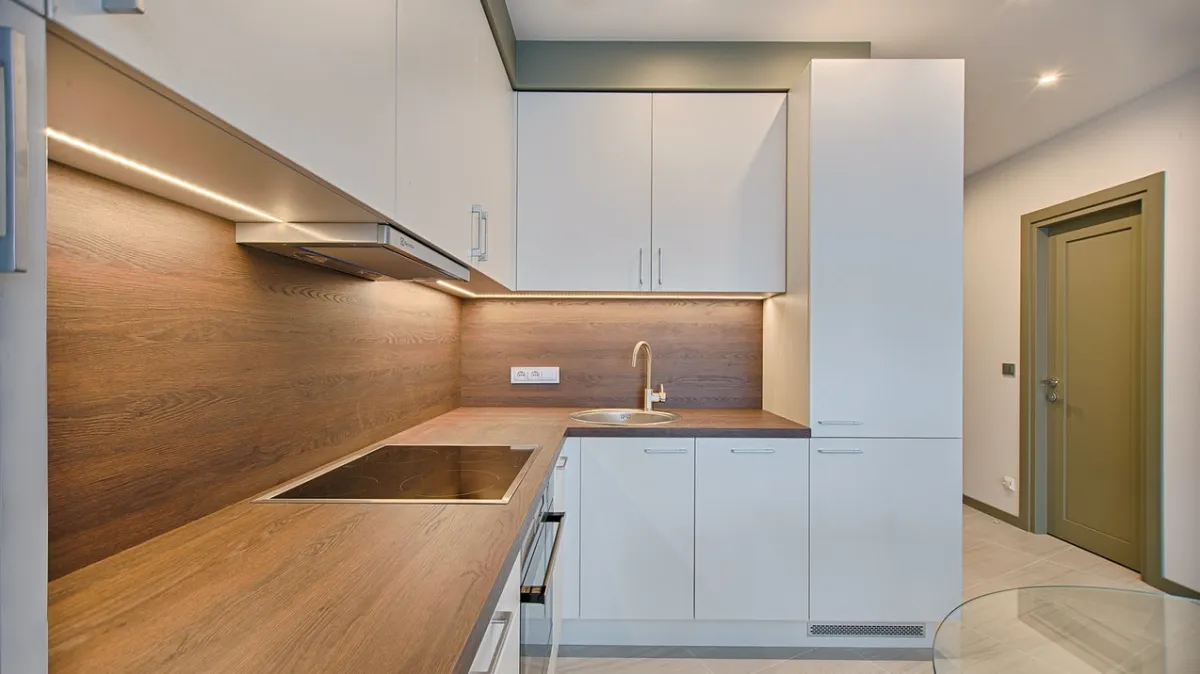


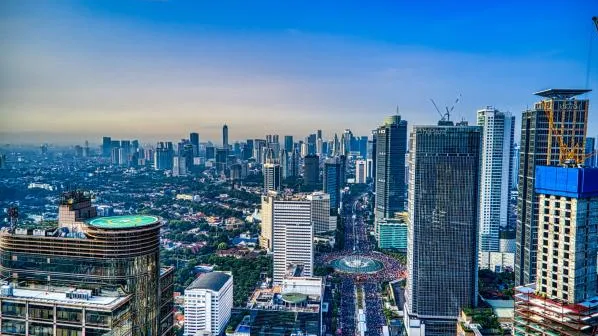
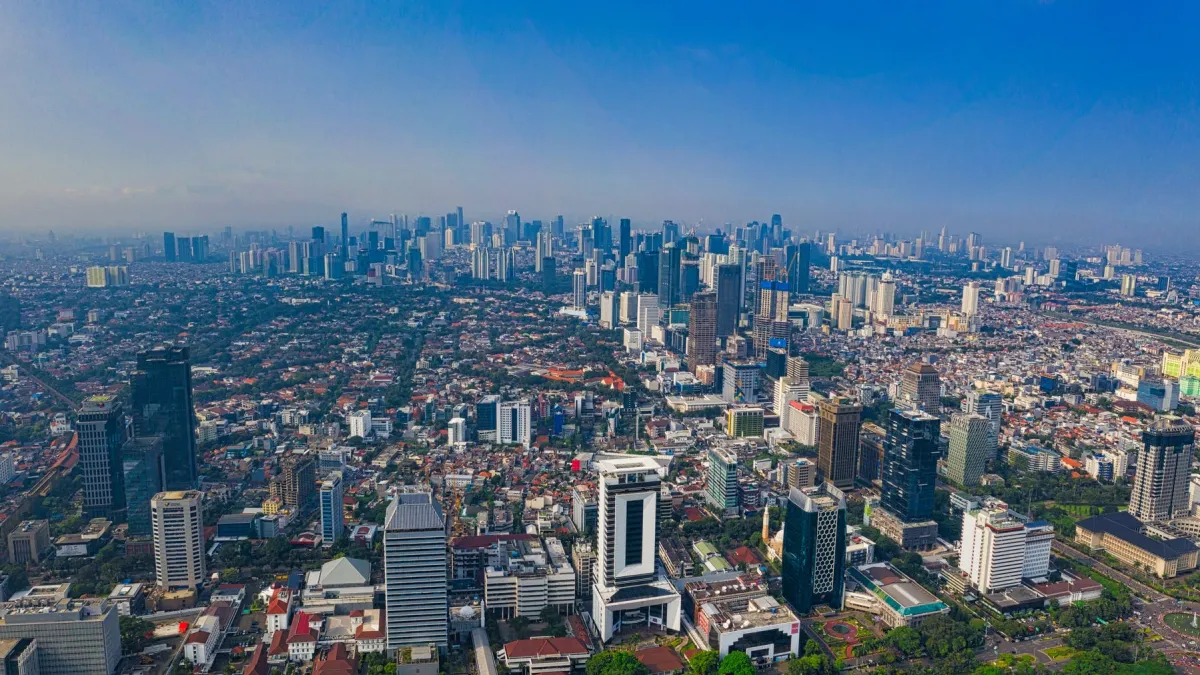
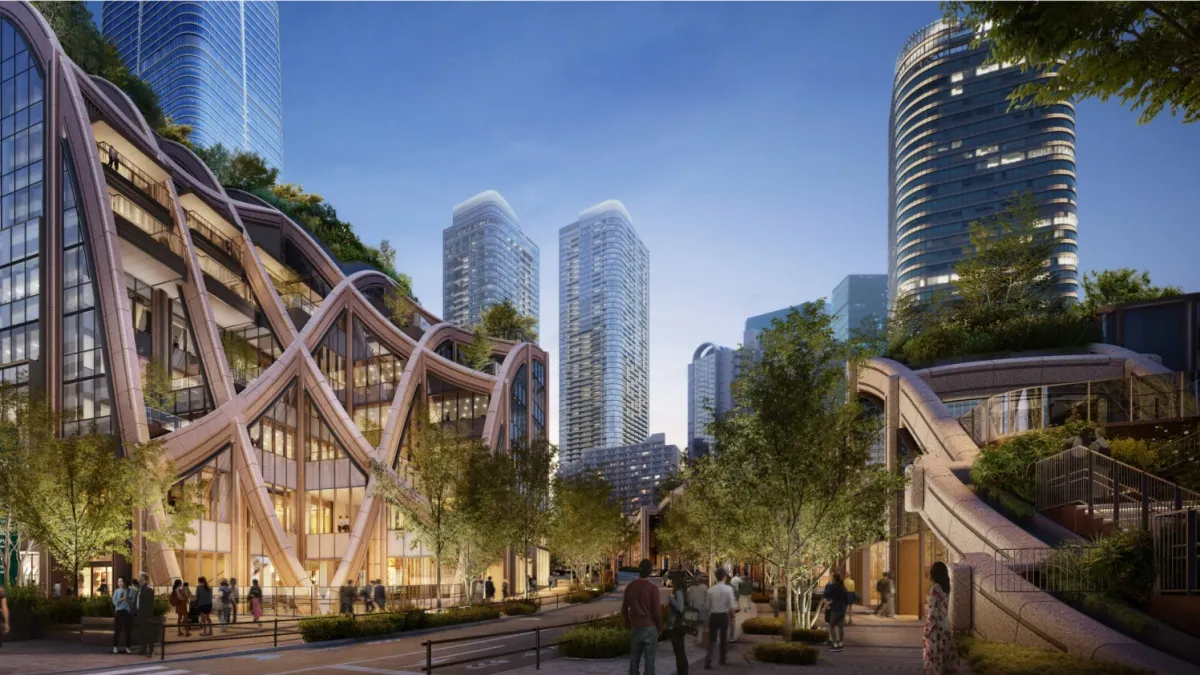
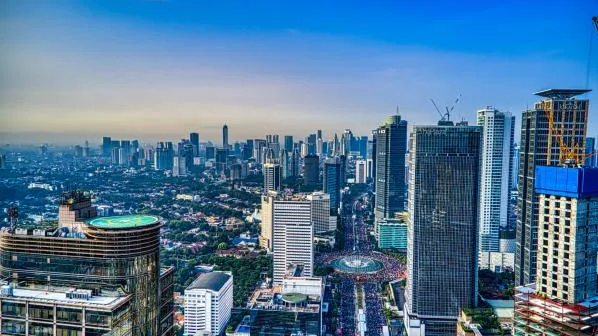


 Advertise
Advertise

